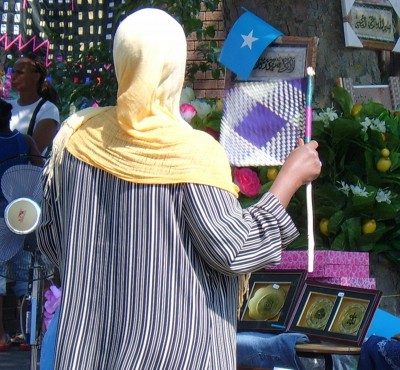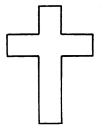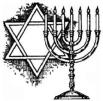The Issue
In the fall of 2004, the French government placed into effect new legislation banning the display of “conspicuous” religious symbols in state schools and hospitals. Thousands of Muslim girls are no longer allowed to wear their headscarves. Likewise, Jewish students are no longer permitted to wear their yarmulkes to public school. This legislation also applies to other religious symbols, such as Christian crucifixes above a certain size.
What’s the problem?
Why does this new legislation pose a problem for people? Religious groups affected by this new legislation feel that their right to practice their religion has been violated. According to some Muslims, wearing the headscarf is an essential part of their religion, along with prayer and ceremonies.

Article 10 of the European Union’s Charter of Fundamental Rights states that:
Everyone has the right to freedom of thought, conscience and religion. This right includes freedom to change religion or belief and freedom, either alone or in community with others and in public or in private, to manifest religion or belief, in worship, teaching, practice and observance.
How can the French government prohibit people from practicing their religion?
The answer from the French government is that it is not preventing people from practicing their religion. People are still free to observe their faith at home, but wearing conspicuous religious symbols that can publicly identify someone as belonging to a certain religion only threatens the unity of French society, said  President Jacques Chirac. To maintain the secularity of the country, religious symbols should be displayed only in the private sphere, not in state buildings.
President Jacques Chirac. To maintain the secularity of the country, religious symbols should be displayed only in the private sphere, not in state buildings.
What are the impacts of this legislation?
 Some Muslims consider the wearing of headscarves as an essential part of respect of their religion. While some Muslim girls have chosen to comply with the government’s legislation, others refuse to do the same on the grounds that the government is infringing on their religious rights. These girls have either been penalized by the schools (through suspension and expulsion), or t
Some Muslims consider the wearing of headscarves as an essential part of respect of their religion. While some Muslim girls have chosen to comply with the government’s legislation, others refuse to do the same on the grounds that the government is infringing on their religious rights. These girls have either been penalized by the schools (through suspension and expulsion), or t hey have withdrawn attendance from public state schools and enrolled in private Muslim schools.
hey have withdrawn attendance from public state schools and enrolled in private Muslim schools.
Some Viewpoints
| Arguments in favour of the legislation: | Arguments against the legislation: |
| It eliminates religious tension in the public sphere because people can no longer see visible signs suggesting ones’ religion. The idea is that students should leave their religious clothing home, so that when they arrive at school they integrate more easily with other students.
Some argue the headscarf is a symbol of “female oppression” in Muslim society. It symbolizes the division between men and women, and the inferior role of women in Muslim culture. By requiring Muslim girls to remove their headscarves at school, this legislation can help these girls recognize their equality among their peers. |
Those who are against the ban on religious symbols argue that wearing religious clothing is a matter of personal choice. It is not meant to instigate ethnic tensions by raising controversial issues.
The ban on religious symbols will further segregate, rather than integrate, French society. Those who wish to respect their religion and continue wearing their religious apparel will be forced to withdraw from state schools and seek education elsewhere. |
![]() NEWS LINKS
NEWS LINKS![]()
Muslims protest at headscarf ban from CNN
France backs school head scarf ban from CNN
France’s Hijab ban from CBC News
French Scarf Ban Comes into Force from BBC News
Discours de Jacques Chirac au sujet de la laïcité dans la société française, le 17 décembre 2003
Respect de la Laïcité (Ministère de l’éducation Nationale)
LOI n° 2004-228 du 15 mars 2004 portant sur les signes religieux dans les écoles (Légifrance.gouv.fr)
François Bayrou (ministre de l’éducation nationale en 2004) discute l’importance de la laïcité (La France de Toutes Nos Forces)
This is what Human Rights Watch has to say about the issue.
Opinions:
Check out these different opinions on the headscarf ban.
Background:
Some Vocabulary:
Secular: refers to non-association with religion
Laicism: a political system characterized by the separation between church (or religion), and state
Questions
- Based on the links you have just read, what is the approximate percentage of the French population that is Muslim?
- In 1989, a court ruled that the wearing of religious insignia in state schools was permissible as long as it was not done with the aim of “pressure, provocation, proselytism or propaganda”. How would you define what is appropriate or inappropriate?
- What other ethnic and/or religious group does this law affect?
Find out about more human rights issues in the next section on immigration.